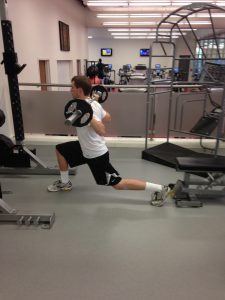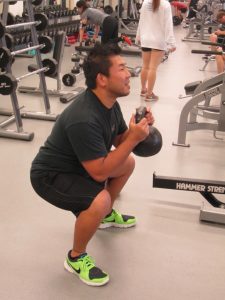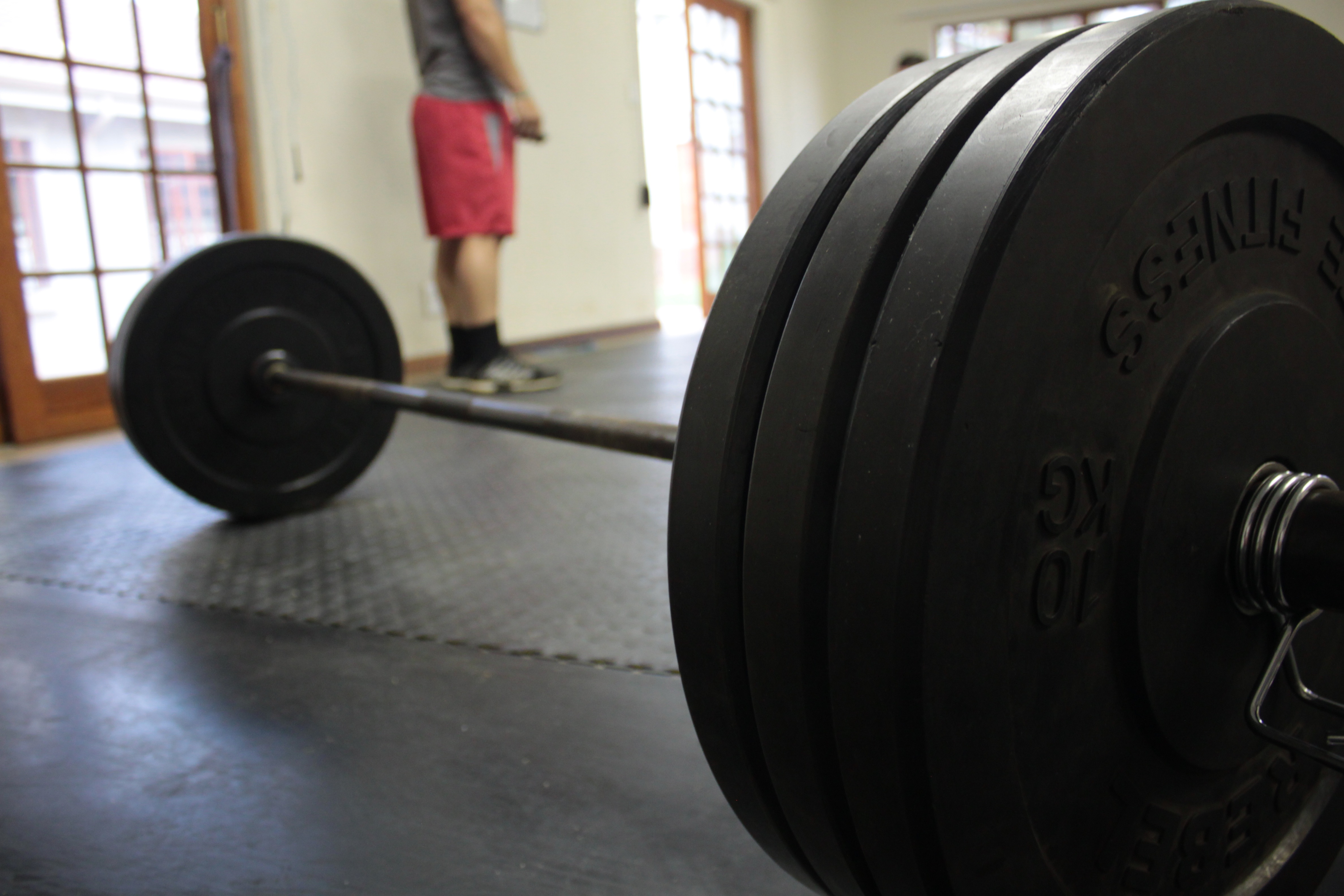The overload principle is a fundamental one to strength and conditioning. Basically this says that in order to keep the body adapting, we have to find a way to make the workouts more difficult. If we don’t find a way to continually make the workouts more difficult over time, then we will stop getting stronger, larger, faster, and more powerful.
There’s a lot of ways that we can do this in strength and conditioning. We can increase the weight. We can do more repetitions. We can train more frequently. We can change the amount of rest that we get between sets.
The challenge with all of these is that they are very limited. You can only increase the weight to a certain point. After that point you’ve either plateaued or you are so close to your genetic potential that the risks of injury from training are amplified.
Increasing the repetitions too much means you stop training the physical qualities that you want to train. For example, there’s a big difference between doing six reps a set and thirty. Sure you can train with thirty reps a set, but is your training doing what you want it to?
Training more frequently sounds great, but an athlete has a finite amount of time to train. More time in the weightroom means less time at sports practice. We always have to remember that they are athletes first.
Changing the amount of rest also means that we are training different physical qualities. For example, resting for 90 seconds between each set allows us to recover and focus on heavy, explosive movements. Resting for 10 seconds between each set will be more difficult, but the kind of training we can do with that is very limited.
In other words, the longer athletes train the more difficult it becomes to apply the overload principle in any of the ways described above. So, with higher level athletes this means that it is time to change the exercises to apply the overload principle.
If you think about it, a lot of exercises have similar movement patterns but are just different enough to cause the body to continue adapting. This means that we can continue becoming stronger, more explosive, and even larger by changing the exercises.
For example, take the back squat. We’re performing the exercise by squatting down (i.e. flexing the hips and knees) then standing back up again (i.e. hip and knee extension). While doing this we’re trying to keep the chest out and the shoulders back.


Many other exercises train this movement. For example we can squat with the bar on the front of the shoulders. We can squat with the bar overhead. We can squat with one foot ahead of the other (i.e. split squats). We can squat with kettlebells. We can even squat with suspension trainers. We can take many of these exercises and use bands or chains on them. All of these, properly employed, will allow our athletes to continue making gains.
So, a few thoughts about how to approach this:
- This is not for beginners. Beginners need to focus on the fundamental exercises, anything that distracts from that also interferes with gains.
- This is not for athletes in the first 4-6 years of training, see above for why.
- This is for athletes who are no longer responding to a properly designed program despite training consistently and with fidelity, eating right, and getting their recovery.
- Exercises should be used for 4-6 week blocks. The goal is to improve in terms of repetitions or weight each week for 4-6 weeks.
- After using the exercise for 4-6 weeks, switch to the next one.
Below is a sample timeline for an athlete using the back squat exercise.
| Weeks | Exercise |
| 1-4 | Back squats |
| 5-8 | Box squats |
| 9-12 | Front squats |
| 13-16 | Back squats |
| 17-20 | Split squats |



